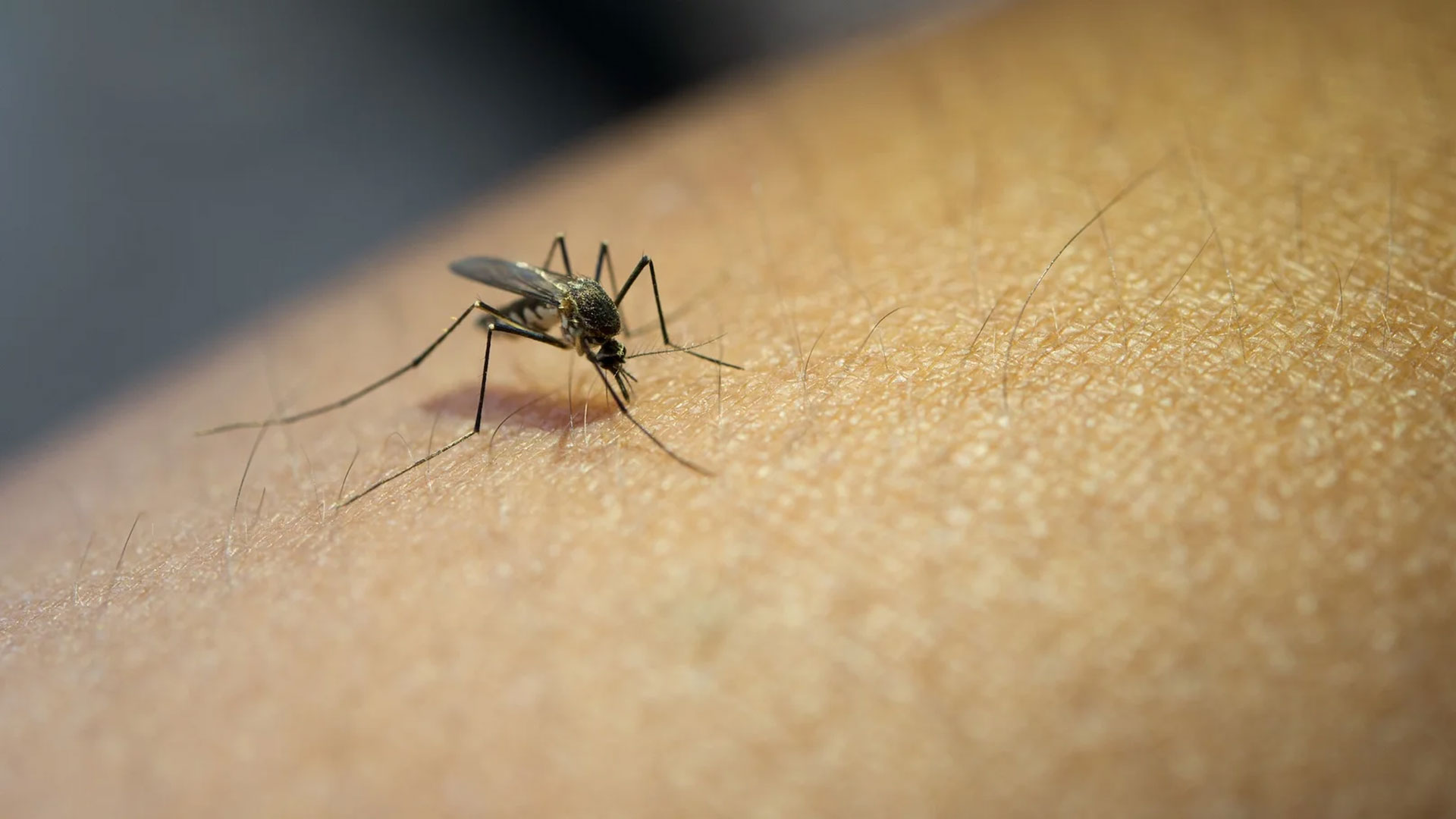
- Nasal congestion
- Runny nose
- Sore throat
- Cough
- Fatigue
- Headache
- Low-grade fever is present.
- Using an otc product containing antihistamine and decongestant can help reduce coughing and make breathing easier.
- For headaches and body pain, painkillers containing ibuprofen and paracetamol can help.
- Nasal decongestant sprays can help to breathe easier.
- Lozenges containing zinc can help reduce symptoms and help a cold to get better quickly. However, they should be started within 24 hours of the onset of symptoms.
- Taking vitamin C every day will not prevent you from getting sick, but it will help your cold to go away faster.
- Antibiotics are not useful because they do not kill viruses.
- Antihistamines without decongestants
- Antivirals
- Cough suppressants such as dexmetorphan and guaifenesin
- Codeine
- Echinacea
- Nasal sprays containing saline
- Cortisone nasal sprays
- Painkillers containing paracetamol and ibuprofen
- Acetylcysteine: The mucolytic acetylcysteine can safely reduce cough after six to seven days in children aged two years and older.
- Ipratropium: Intranasal ipratropium may reduce runny nose in children. It should not be used in children under five years of age.
- Honey is good for coughs but should not be used in children under one year of age.
- Saline nasal spray helps with runny and stuffy nose.
- An herbal remedy called South African geranium can help with coughing and help your child breathe easier.
- Massaging with a menthol solution can help coughing and help your child breathe easier. However, it has a strong odor that some children do not like. It can be used in children aged two years and older.
- Antibiotics are not useful because they are not effective against viruses.
- Codeine
- Echinacea
- Over-the-counter cough and cold medicines (otc products should not be used in children aged four years and under due to their association with low efficacy and significant mortality rates.
- Steam, mist
- Cortisone nasal sprays
- Vitamin D
Most people with a cold will feel better after a week or two. However, some people who are sick can develop illnesses such as bronchitis and pneumonia. This is more common in people with asthma or other respiratory conditions who have a weakened immune system.
- Difficulty breathing or rapid breathing
- Fluid loss
- Fever lasting more than 4 days
- Symptoms lasting more than 10 days without improvement
- Symptoms such as fever and cough that improve but then return or worsen
- Worsening of chronic medical conditions
- If you or your child has any of these conditions that cause you concern, you should always seek medical advice.
Aiello AE, Coulborn RM, Perez V, et al. Effect of hand hygiene on infectious disease risk in the community setting: a meta-analysis. Am J Public Health. 2008;98(8):1372-1381.
AlBalawi ZH, Othman SS, Alfaleh K. Intranasal ipratropium bromide for the common cold. Cochrane Database Syst Rev. 2013(6):CD008231.
Atzl I, Helms R. A short history of the common cold. In: Eccles R, Webber O, editors. Common cold. Basel: Birkhauser Verlag; (2009). p. 1–21.
Chalumeau M, Duijvestijn YC. Acetylcysteine and carbocysteine for acute upper and lower respiratory tract infections in paediatric patients without chronic broncho-pulmonary disease. Cochrane Database Syst Rev. 2013(5):CD003124.
Chamberlain AN, Halablab MA, Gould DJ, et al. Distribution of bacteria on hands and the effectiveness of brief and thorough decontamination procedures using non-medicated soap. Zentralbl Bakteriol. 1997;285(4):565-575.
"Common Colds: Protect Yourself and Others" CDC. 6 October 2015. Archived (https://web.archive.org/web/20160205062000/http://www.cdc. gov/features/rhinoviruses/) from the original on 5 February 2016. Retrieved 4 February 2016
Common Cold Risk Factors ,Medically reviewed by Deborah Weatherspoon, Ph.D., MSN — By The Healthline Editorial Team — Updated on August 13, 2019
De Sutter AI, van Driel ML, Kumar AA, et al. Oral antihistamine-decongestant-analgesic combinations for the common cold. Cochrane Database Syst Rev. 2012(2):CD004976.
Dyer DL, Shinder A, Shinder F. Alcohol-free instant hand sanitizer reduces elementary school illness absenteeism. Fam Med. 2000;32(9):633-638.
Hay AD, Anderson E, Ingle S, et al. Respiratory tract infections in children in the community: prospective online inception cohort study. Ann Fam Med. 2019;17(1):14-22.
Hemilä H, Chalker E. Vitamin C for preventing and treating the common cold. Cochrane Database Syst Rev. 2013(1):CD000980.
Hemilä H, Chalker E. The effectiveness of high dose zinc acetate lozenges on various common cold symptoms: a meta-analysis. BMC Fam Pract. 2015; 16:24.
Holmes PW, Barter CE, Pierce RJ. Chronic persistent cough: use of ipratropium bromide in undiagnosed cases following upper respiratory tract infection. Respir Med. 1992;86(5):425-429.
Hübner NO, Hübner C, Wodny M, et al. Effectiveness of alcohol-based hand disinfectants in a public administration: impact on health and work performance related to acute respiratory symptoms and diarrhoea. BMC Infect Dis. 2010; 10:250.
Jefferson T, Del Mar CB, Dooley L, et al. Physical interventions to interrupt or reduce the spread of respiratory viruses. Cochrane Database Syst Rev. 2011(7):CD006207.
Katharıne C. Degeorge, MS, Danıel J. Ring, AND Sarah N. Dalrymple. Treatment of the Common Cold.Am Fam Physician. 2019;100(5):281-289
Kenealy T, Arroll B. Antibiotics for the common cold and acute purulent rhinitis. Cochrane Database Syst Rev. 2013(6):CD000247.
Murdoch DR, Slow S, Chambers ST, et al. Effect of vitamin D3 supplementation on upper respiratory tract infections in healthy adults: the VIDARIS randomized controlled trial. JAMA. 2012;308(13):1333-1339.
Nazif Elaldı. Common Cold and Influenza. Klinik Bakteriyoloji ve Enfeksiyon Hastalıkları AD, Cumhuriyet Üniversitesi Tıp Fakültesi, SİVAS. Turkiye Klinikleri J Int Med Sci. 2005;1(28):6-18
Oduwole O, Udoh EE, Oyo-Ita A, et al. Honey for acute cough in children. Cochrane Database Syst Rev. 2018(4):CD007094.
Pauling L. Vitamin C and the common cold. San Francisco: W.H. Freeman and Company; (1970). p. 122.
Ronald Eccles. Common cold.Front Allergy. 2023 Jun 22; 4:1224988. doi: 10.3389/falgy.2023.1224988. eCollection 2023.PMID: 37426629
Science M, Johnstone J, Roth DE, et al. Zinc for the treatment of the common cold: a systematic review and meta-analysis of randomized controlled trials. CMAJ. 2012;184(10):E551-E561.
Smith SM, Schroeder K, Fahey T. Over-the-counter (OTC) medications for acute cough in children and adults in community settings. Cochrane Database Syst Rev. 2014(11):CD001831.
Spurling GK, Del Mar CB, Dooley L, et al. Delayed antibiotic prescriptions for respiratory infections. Cochrane Database Syst Rev. 2017(9):CD004417.
U.S. Food Drug Administration. Use caution when giving cough and cold products to kids. Accessed November 21, 2018.
Wong T, Stang AS, Ganshorn H, et al. Combined and alternating paracetamol and ibuprofen therapy for febrile children. Cochrane Database Syst Rev. 2013(10):CD009572.















